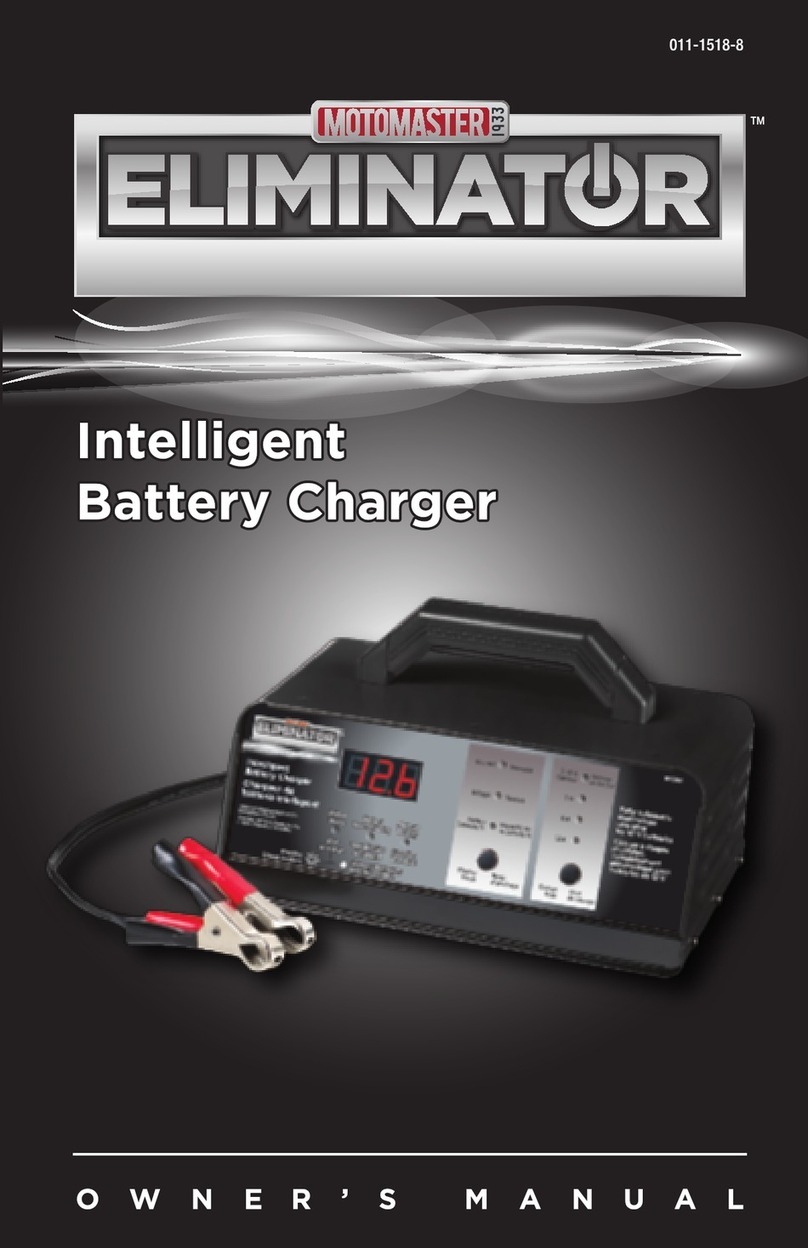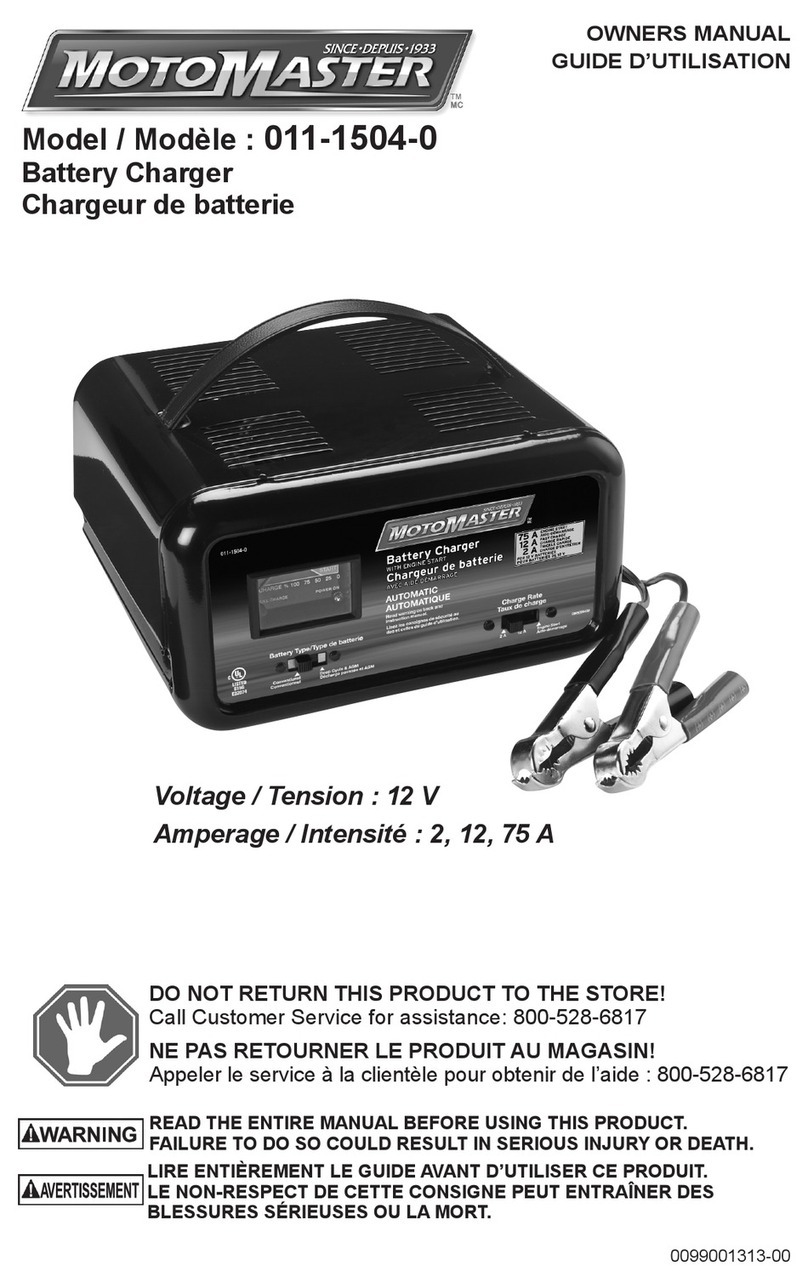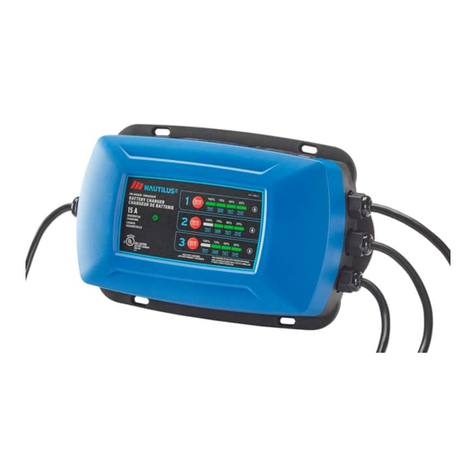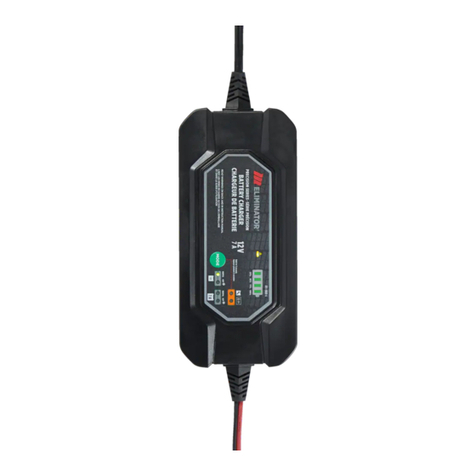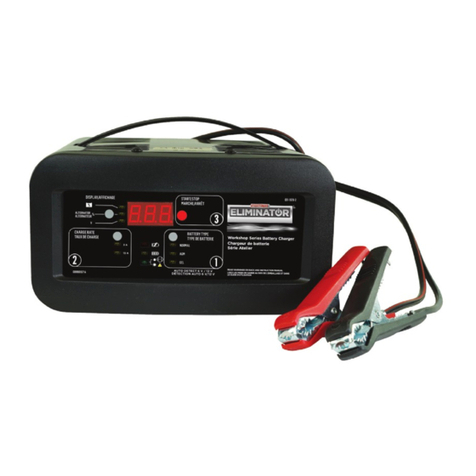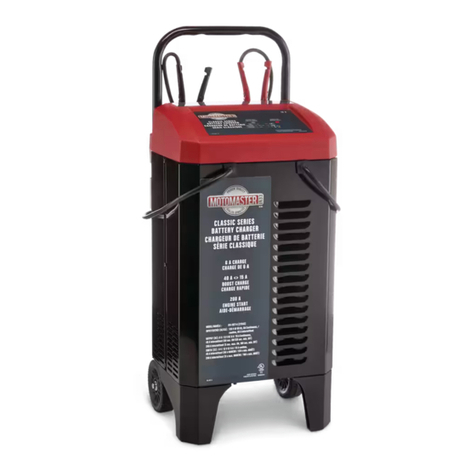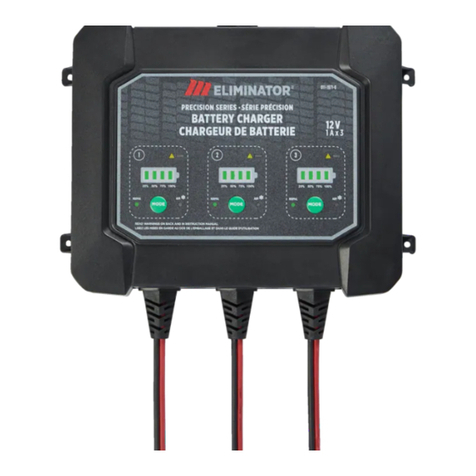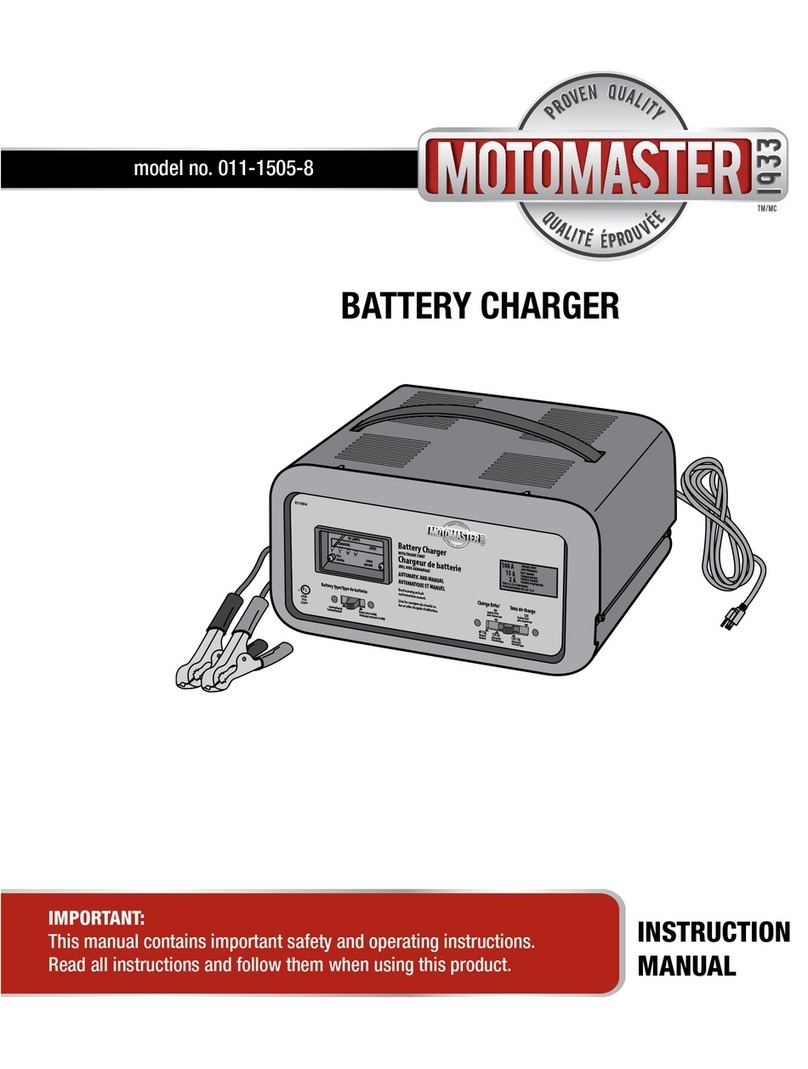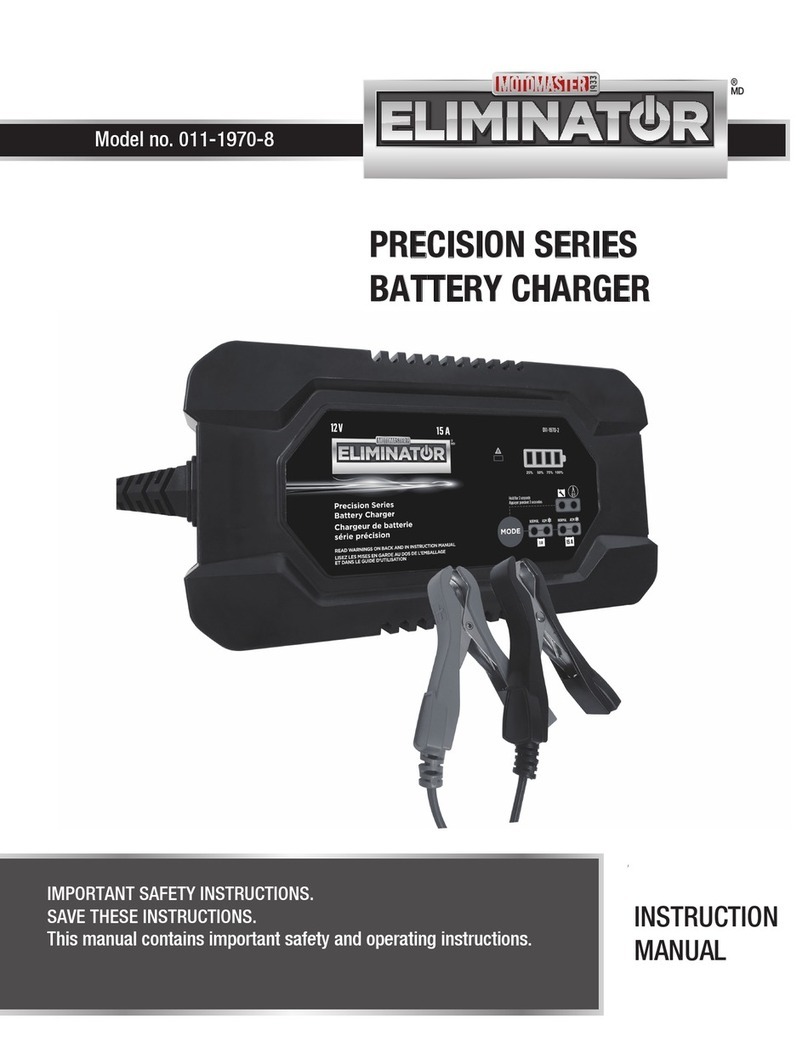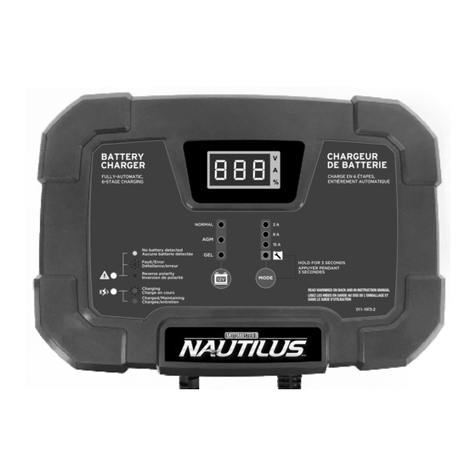
2TABLE OF CONTENTS
TABLE OF CONTENTS
INTRODUCTION ........................................................................................ 3
SAFETY INFORMATION
Important Safety Instructions ...................................................................... 3
Personal Safety Instructions ........................................................................ 4
AC Electrical Connections .......................................................................... 4
Preparing to Charge................................................................................. 5
Charger Location.................................................................................... 6
DC Connection Precautions ........................................................................ 6
ASSEMBLY INSTRUCTIONS ............................................................................. 6
UNDERSTANDING CONTROLS & FEATURES
Function Switch ..................................................................................... 8
Charge Rate Button ................................................................................. 8
Timer Button ........................................................................................ 9
Digital Display ....................................................................................... 9
Display Mode Button .............................................................................. 9
Automatic Start Button ............................................................................. 9
CONNECTING YOUR BATTERY
Battery in Vehicle (Negative Grounded) ........................................................... 10
Battery in Vehicle (Positive Grounded)............................................................. 11
Battery Removed from Vehicle ..................................................................... 12
CHARGING YOUR BATTERY
Normal Operation .................................................................................. 13
Automatic Charging ................................................................................ 13
Hold.................................................................................................. 13
Timed Charging ..................................................................................... 14
Manual Charging.................................................................................... 14
Calculating Charge Times........................................................................... 15
OTHER LEDs & FEATURES
Battery Status LEDs ................................................................................. 16
Modes................................................................................................ 16
Voltage Tester ....................................................................................... 17
Alternator Performance Tester ..................................................................... 18
JUMP-STARTING YOUR VEHICLE
Using the Engine Start Feature..................................................................... 19
Engine Starting Notes............................................................................... 20
MOVING & STORAGE ................................................................................... 21
TROUBLESHOOTING/FAILURE CODES ................................................................. 22
MAINTENANCE AND CARE............................................................................. 25
LIMITED WARRANTY.................................................................................... 26
SAVE THESE INSTRUCTIONS
This manual contains important safety and operating instructions.
Read all instructions and follow them with the use of this product.
Questions? Call Customer Service at 1-800-528-6817 for model 011-1586-4.
